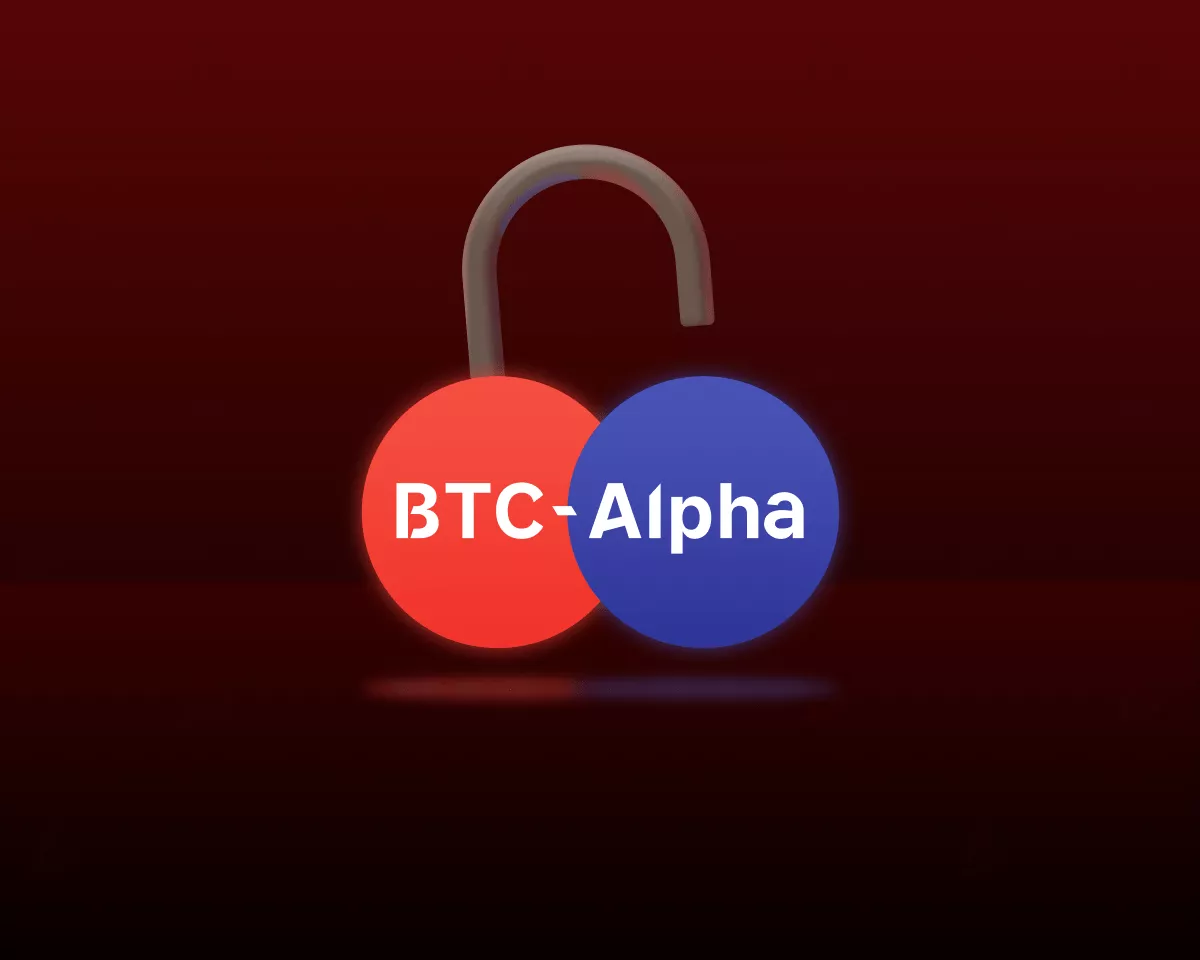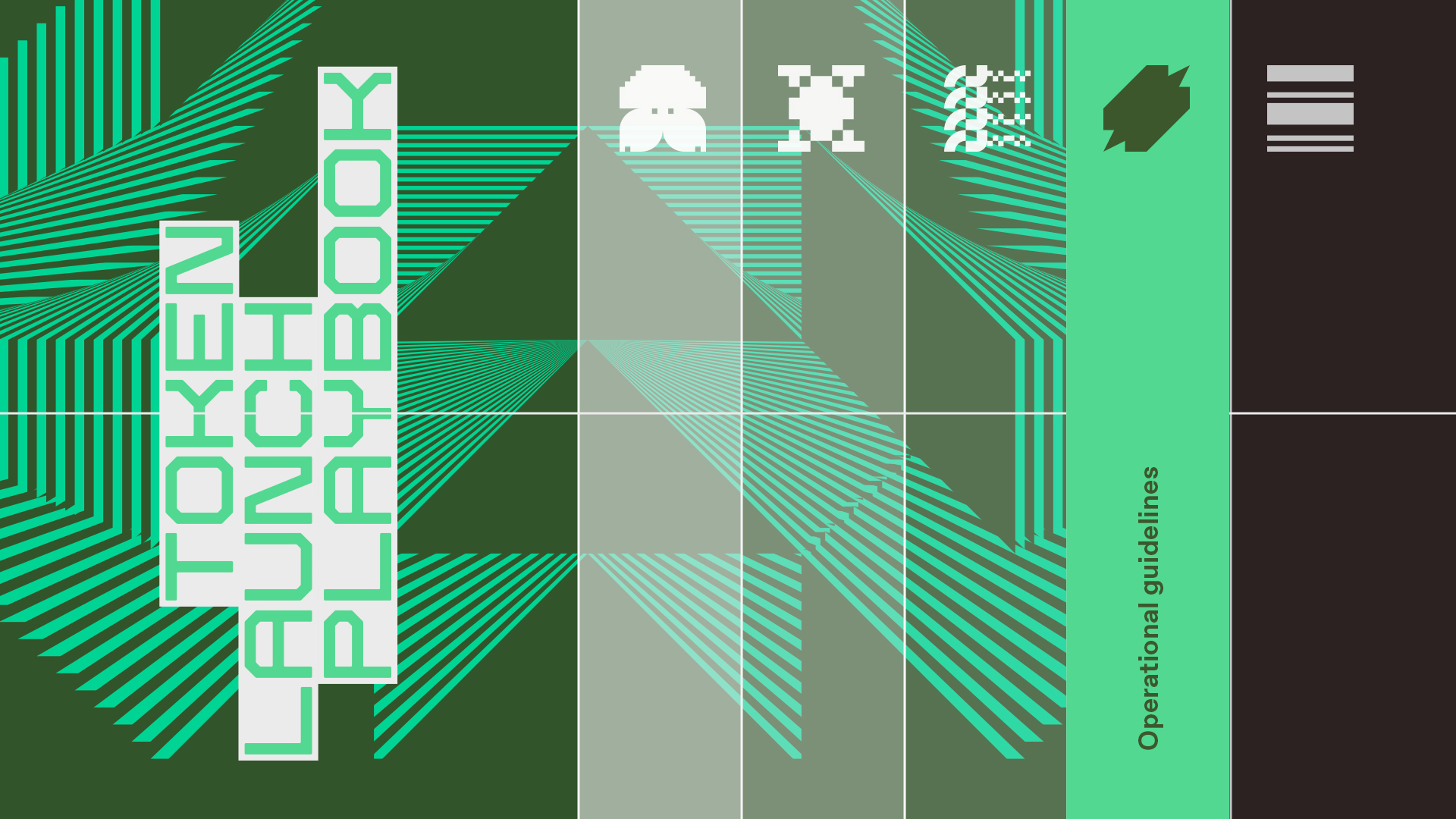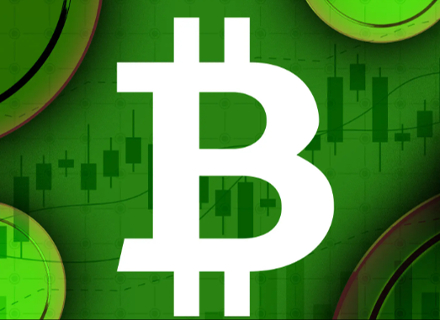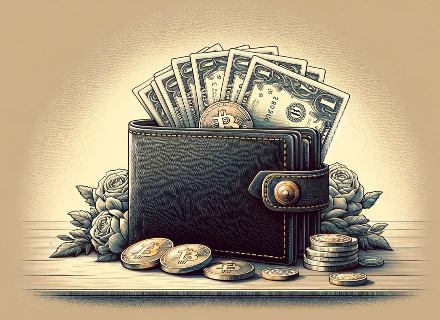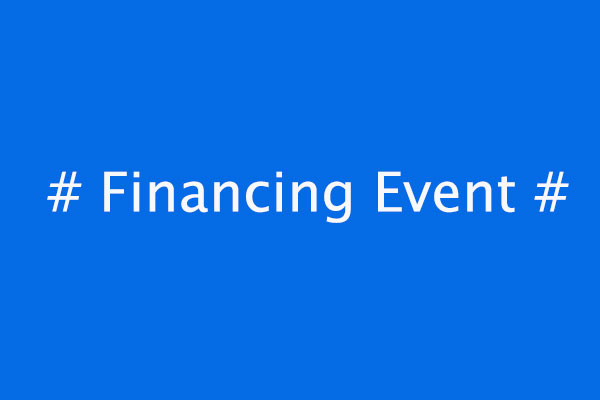TLDR:
Market Regime
-
Deleveraging. Echo bubbles & overhang before innovation and liquidity unlock the next cycle.
-
Rise of the East. HK/China will drive the next crypto cycle.
Large Caps
-
BTC needs a new narrative."Outside money"? Distribution meme?
-
ETH 2.0 is the main story - a rare positive-yielding asset with a huge asymmetric upside. But don't count on liquid staking to mechanically lift ETH. zkEVM launches will command some mindshare. Expect L2 incentive wars.
-
Other L1s, and the cross-chain theme will largely remain on the side or become quasi-meme coins (liquidity proxy) in 2023.
-
BNB will consolidate its dominance over retail traffic and mindshare.
Verticals and what we watch:
-
Defi:
-
Composable on-chain derivatives that allow people to get more leverage.
-
LSD + DeFi: The race to the grand prize of LSD King and DeFi integrating LSD.
-
NFT:
-
Liquidity will congregate towards quality. ETH NFT >>> Alt NFTs; Arts >>> Utility NFTs.
-
Most NFT financialization protocols are a cycle too early, but NFT AMMs and market-making could take off.
-
Gaming Asset NFTs need to be programmable and yield-bearing. Perfect fit for AMMs.
-
Web 2 "NFT Tourists" with 1-time windfall won't be committed to enduring the bear.
-
Watch out for 0-1 innovations like Nouns.
-
Ventures bets:
-
Games: 1) crypto games need to either embrace social gaming (the Tencent model) or find niches where financialization is inherent to the fun of the game (lotteries, sports betting). 2) prefer the iterative approach vs. capital intensive approach.
-
Decentralized Social: Web 2.0 social is about expression; Web 3.0 social is about (verifiable) action. Don't try to re-create Web 2.0 social just on open databases; think about what social is at its core. Web 3.0 social graph will be in your wallet: digital traces, assets, and commitments.
Let's dive in. :)
Market Regime
1. Great deleveraging, echo bubbles, and the overhang. "Default alive" or "default dead"?
Between LUNA/3AC and FTX/DCG, we can now comfortably say that leverage has been flushed out. Greed, recklessness, and fraud are cleansed, for now. After the great deleveraging, comes a period of violent mean reversion (we are here, and have fun with it!). But don't mistake echo bubbles for bull markets. The seed of the next real bull market has to come from either
1) true innovation & product development bringing in a new wave of adoptions, or 2) massive capital inflows to the crypto economy.
Without these conditions, we are still largely PvP, governed by periodic ups and downs in risk sentiments.

The bear market doesn't end with leveraged grifters getting taken out; the good-willing yet overly-optimistic, mediocre products have to die as well. Incidentally, many of these projects have stakeholders/investors now looking for their one last exit pump with the temporary return of animal spirit.
2. Echo Bubbles. Bipolar swings between "quality" & "meme-ability".
The consensus is that 2023 is the year when quality finally outperforms. Reality is much more complicated. "Quality" is a nebulous concept when new users are rare during the bear market, and PMF is often hard to discern from short-term incentives farming. Prices will move more with the perception of being "quality" vs. reality.
Memes, on the other hand, are often collective emotional revolts against the absurdity, emptiness, and purposelessness of the world - all of which will be in no short supply in crypto winter. Hence, in many ways, competing in brand & meme-ability is a surer path to continued relevance (albeit sometimes by notoriety) than competing in tech & utility. This broadly explains the high market cap of Cardano, Shib, and Doge vs. more useful alt L1s.
In any case, I think we see a few bipolar swings between "quality" and "meme-ability" in the market, depending on risk sentiment at the moment. Some of the best-returning tokens two weeks into 2023, for example, are BONK (meme coin on Solana) and Metaverse coins - mirror images to instances of WSB-fueled short squeezes that are recurring in tradfi markets.
More sustained echo-bubble uptrends will have to come from either 1) on-chain metrics improvement (quantifiable evidence of actual "quality" of the said asset), or 2) new inflow of capital & interest (often related to "meme-ability"). So far we are only seeing limited signs of the former: some pick-up in on-chain activities but pretty muted vs. prior cycle highs. Again, true users and organic activities are just hard to bring back because new products take time to mature.


Some increase in median DeFi APY.
3. Rise of the East. HK/China will drive next crypto cycle.
This could be the most surprising change in market regime in crypto. Most are skeptical of China's role in crypto, just like few would have thought China could utilize the internet (a democratizing tool for information distribution) to its full advantage. Today, China probably has the most advanced web 2.0 economy (so big they'd have to regulate it HARD).
IMO, there's no doubt that crypto will thrive and China (through HK as the bridge) will have a seat at the table.
-
Capital: With western institutions scarred by the scandalous fraud of FTX, HK moves aggressively to support the development of digital asset markets. The Chinese are (again) coming for your coins. People were quick to forget that the Chinese (often dubbed the Jews of Web 3.0) dominated Bitcoin mining, and exchanges, and were crucial early supporters of Ethereum, long before the American VCs entered the scene.

in favor of NFT, stablecoins, and tokens.
-
Adoption: Azuki, Axie, Stepn, and a few Asia-based projects are just the tip of the iceberg of the enormous potential in the China/Asia market. China/Korea/Japan have BY FAR the most advanced & well-monetized 偶像经济(fan economy). There's also a massive base of IPs (such as Anime, and fan fiction) that are popular among Gen Z. It's only a matter of time before Asia's potential in things like gaming, culture, and decentralized IP materializes.


-
"Crypto with Chinese Characteristics" becomes a thing in 2023. HK-based regulated crypto exchanges take off. HK Dollar stablecoins (数字港元)become dominant trading pairs for some tokens native to the China/HK market.
China needs HK to be the free crypto harbor that's both plugged into global liquidity and under its circle of influence. They understand the importance of stablecoins & they won't easily yield financial hegemony to USD on blockchain rails (China knows all too well the strategic importance of de-dollarization).
HK needs crypto, desperately. With the HK equity indices populated by industries of yesterday (internet platforms, real estate, and banks), and Shanghai/Shenzhen getting most of the listings in innovative hard tech industries, HK needs to be long-term relevant again. Crypto is HK's best shot.
It's a perfect match.
-
Rise of the East + echo bubbles = alpha will live in Wechat groups and Douyin videos.
Large Caps; Layer 1 Ecosystems
1. BTC
We might see periods of BTC-dominant run in 2023, but that's not what matters. Longer term, BTC is at a point of narrative stagnation. It needs to figure out new memes and branding if it were to attract 10x more stakeholders. What could those be?
1.1 Goodbye to "inflation hedge" and "diversifying asset". Next up: "Outside Money"
BTC as an inflation hedge and diversifying assets were the two main narratives attempted at bringing in institutions during the last cycle. Both have been put to rest by the reality of the market. Neither was intellectually honest, to begin with. BTC's historical price action follows liquidity cycles closely. The proper hedge for 8% inflation in the US is yield-bearing real assets (premium real estate); for inflation & depreciation in emerging countries, USD stablecoins.
Conceptually, BTC (or gold, for that matter) is never a 1-to-1 hedge vs. Inflation; but rather an insurance policy against the collapse of the Fiat dollar system backed by Pax Americana. It's "outside money" vs. "inside money" (credited to Zoltan). Its value is hence non-linear: it's a deep OTM put option on radical changes to the geopolitical landscape as we know it for the past 50 years. In that regard, it's been an incredibly "bullish" year for BTC in 2022: US financial sanctions on Russia have made the importance of "outside money" crystal clear. Russia and China are watching American financial imperialism in real time and they will take notice.
1.2 From hodl-ing to distributing.
If the institutions aren't too eager to buy our orange coins, and crypto whales have "diversified" into ETH, who else can/will pump BTC another 10x?

For BTC to attract 10x more people, it needs to change the hodl meme to a distribution meme. I borrowed this term from Jordi (@gametheorizing). It's radical but I think it makes sense. At some point, we will have run out of natural libertarian-leaning fol ks to tap into (we are probably already there). BTC is too big for non-ideological normies to come in for WAGMI (prefer Shib, or whatever the next best meme/Ponzi). If all other crypto projects incentivize their growth via yield farming and airdrops, why can't BTC embrace that similar ethos?
2. ETH & EVM
2.1 L2/zkEVM season
Much of the market bullishness on EVM today hails around the utter dominance of TVL, dev, etc. & incoming L2 zkEVM launches. 2023 will see way too many mostly undifferentiated zk roll-ups intensifying the L2 incentives war (where Arbitrum currently leads by delaying its token launch & prolonging "airdrop farming"). Fair game for tactical trades, but don't drink the cool aid too much on sexy ZK tech yet: zkEVMs as products are clearly not ready for scalable usage.
Mini playbook for L2/zkEVM season:
-
Most of the new L2 tokens upon launch will be down only - too much supply overhang, and too little existing value accrual mechanism. Just because they ain't Sam, doesn't mean you don't get Aptos-ed hard as exit liquidity.
-
The right strategy is rotating around apps optimized for incentive farming (e.g. perps dex).
-
Also, a friendly reminder that none of these will have a direct effect on either ETH usage or price.
2.2 ETH 2.0
As I'm making the last edits to this article, we are seeing the ETH 2.0 narrative run in real-time. But first off, let's just be intellectually honest with ourselves that the Shanghai update in & of itself has a little actual impact on the demand for ETH. Let me explain.
-
Nobody's literally buying ETH they wouldn't otherwise have bought for ETH staking yields. Staking yields (even incl. recursive leverage through AAVE) as they stand today are pretty trash (adjusted for price, smart contract risks, and volatility) vs. Tradfi yields.
-
Traders aren't gonna forgo the benefits of having instant liquidity at hand for single-digit yield either when prices hover around the bottom range. Unless, of course, stETH actually becomes fully DeFi composable (integrated well in DEX, for example).
Some argue that more % of ETH staked = less selling pressure and bullish ETH price. That's a weak mindset for a growing network. Why would you fancy catching up to the staking ratio of ghost chains where insiders are effectively forced to stake (locked) and the token ain't any use other than being staked? ETH monetary premium doesn't come from ETH being inactive; it comes from people organically wanting to hold ETH for consumption (buying NFTs) and investment returns (getting yields in DeFi).
2.3 NFT echo-bubble
I believe an NFT echo-bubble is coming in 2023, leading to a more sustained ETH rally.
-
NFTs, even the "blue chips" are way less liquid, hence way easier to generate a market breadth of pumps with relatively little capital, which then kickstarts a cycle of demand for ETH block space & gas fees ⬆️, ETH price ⬆️, NFT floor (USD) ⬆️, wealth effect ⬆️, widespread FOMO, etc.
-
NFTs are natively on ETH L1, denominated in ETH & thus directly driving demand for ETH. It highlights ETH's central PMF that's resilient in the bear market: the global consensus asset ledger for valuable stuff people want to own.
3. Alt L1s, app chains become side-shows, for now.
I've written about what I think of Solana in our last investor update (hint: it's probably not gonna die). Generally speaking, I believe that chains like Solana & Cosmos are differentiated enough in their approach to scaling & their culture, that if blockchains were to truly be the rails on which global online economic activities live, they'd have a seat at the table - in the long run.
In 2023, however, these are likely sideshows, not the main course. There simply isn't enough capital & mindshare to lift all boats for long enough. EVM dominates on liquidity & social consensus.
4. Generalized cross-chain will cool down.
[This section is credited to our research lead who covers infra/DeFi, @Asa]
In 2023, I think we see:
-
Less need to move value between Ethereum and alternative L1s.
-
A lower yield on DeFi farms, and fewer new farms across the board.
-
The dominance of "official" token bridges over third-party multichain bridges.
-
There have not been clear and compelling use cases for generalized messaging.

Third-party multi-chain solutions pale in TVL, adoption, and utility
compared to "official token bridges" launched by L2 teams.
One potential narrative: cross-chain messaging for EVM chains.
-
The demand: users and assets continue to fragment among EVM ecosystem chains. Such fragmentation increases the demand to move assets and messaging between sidechains and L2s.
-
The current solution of L2 - ETH - L2 is slow and gas inefficient. It also does not support more programmable actions beyond token transfers.
-
Technical suitability: designing multichain cross-chain protocols between EVM chains is easier than for chains with different languages and parameters.
-
Generalized cross-chain messaging can unlock better DeFi interoperability, aggregated one-station wallet experience, more valuable cross-chain identity, and easier onboarding experience with L2s and app-specific L3s.
5. BNB never misses.
Did I say forget about alt L1s & app chains in 2023? Oops, I lied. There are always exceptions. And as usual, it will be the constantly under-estimated, under-appreciated chain - BNB. BNB dominates in users. It stands on the shoulder of the giant with a large pool of retail users ready to ape into echo bubbles at 100x leverage (which makes up for smaller TVL vs. ETH).

BNB continues to dominate in active users.
BNB also stands ready to fork any latest "best tech" other chains come up with. ZK? No problem. DID? Easy.
Its unique and sizable retail following is fertile land for experimentation in Defi, gaming, social, and new applications like payment (Binance Visa card) and sports betting.

BNB has been busy launching its own have-all product suite
Most people are still prejudiced against Binance and BNB, even after the token has consistently outperformed since launch. If you think that the zkEVM roll-up with the hardest tech will pump the hardest, and fade BNB cuz it's copy-pastes, you are in the wrong game.

Oh and btw, it's still one of the most popular "China Coins" on the market, despite Binance (definitely, totally) not being a Chinese company.
Verticals
1. DeFi
1.1 Perps DEX, esp. those with composability & DeFi legos.
Let me preface this by stating that generally, I don't think exotic options vaults & structured products (the greeks!) will fly in 2023, at least not before perps DEXs fully permeate. Delphi summarizes this well (snapshot below). People are mostly still in crypto to trade for asymmetric upside, not collecting minutiae yields. Only a pretty small subset of users would park their cash at 6-month-old "Gamma/Theta/insert your Greeks" structured product protocol for stable delta neutral yields. The risk preference profile here seems niche.

However, I wouldn't be surprised if some of these derivative protocols engage in an incentive war to bootstrap TVL. And when they do, it translates to demand for e.g. GLP, as GMX currently has the most structured derivatives products built on top of it (Rage Trade, GMD Protocol, Umami, Neutra). So even if you are cynical about structured "real yield" products, it's probably good to have GMX as a way to capture the narrative.
In all seriousness though, with or without the legos built on top, decentralized perps exchanges continue to be one of the strongest narratives, esp. post-FTX blowup. Gains network, and ofc, Dydx (new chain, new tokenomics?) are other bets to watch.
1.2 LSD 2.0 with DeFi interoperability & protocols that adapt quickly to this emerging paradigm (stETH is the new wETH).
[This section is credited to our research lead who covers infra/DeFi, @Asa]
2022's DeFi infrastructure is not ready for liquid-staked ETH.
-
Problem: Lido stETH's auto-changing balance is incompatible with a lot of DeFi code today (including Uniswap and Sushiswap.)
-
Scale: ETH is the single most traded non-stable token on Uniswap with 300M+ daily volume.
-
Opening: Given the hope that staked ETH will gradually replace wETH in DeFi, here's an opening for new protocols to adapt quickly and potentially challenge DeFi incumbents like Uniswap and AAVE.
New DEXes, lending protocols, strategies, and derivatives can and will be built for stETH. It's a matter of who: will the incumbents ship quickly, or will someone else grab crypto's attention?
2. NFT
Between NFT & gaming, we will find the seed that leads us toward the next cycle of applications & adoption.
2.1 Liquidity congregates towards quality. Arts >>> Utility NFTs.
How is digital arts more "value" vs. NFTs with real utility? Reality is, much of the latter are promises of future utility that have yet to materialize and are often hard to deliver vs. elevated expectations (valuations). 1 or 2 PFP projects may still manage to create enough buzz and sustain upwards momentum, but it's generally a tough job during the deep bear market. Arts (I'd put Punks here as well), on the other hand, are SoV assets where the value comes from social/cultural/aesthetic consensus -- all of which are super resilient in down cycles.
For more analysis, read Art NFTs: Low Belief Needed by Teng, & @iamDCinvestor summarizes this well.
2.2 Most NFT financialization protocols are a cycle too early, but NFT AMMs and market making could take off.
Everyone's looking at NFT financialization to take off in 2023 as DeFi summer did in 2020. The asset class as of today probably ain't ready -- liquidity is super thin for even the blue chips. Without liquidity, asset prices are mostly meaningless, which makes finance legos such as collateralized lending & derivatives impossible to scale.
-
Rare pieces with little liquidity are hard to price appropriately & hence command only the collateral value of the floor NFTs.
-
Lack of ready-to-sell-to liquidity pool makes liquidation options limited for NFT lending, which in turn limits scalability for said lending protocols.


2.3 Gaming NFTs
I'm bullish on this as a category, but not in its current form.
First, gaming NFTs need to be more programmable vs. simple 1-to-1 representations of generic game objects.
What makes them interesting is the potential for NFTs to natively represent "contractual promises" & "future value/optionality" of in-game assets in a dynamic & interactive economy.
For example:
-
Bonds-like: Game assets become yield-bearing - making them easier to price.
-
Options-like: Automatic upgradability for game assets upon hitting certain well-defined conditions during gameplay. Win 100 battles and your sword upgrades from commoner's sword to legendary status, with a higher yield APY!
These could become the most natural fit for AMM-style exchange & financialization, as their value are much more parameterized and quantifiable, and market-making/liquidity mining could take on a whole different level of scale.
Second, the business model needs to evolve from one-time NFT sales (which precludes wider participation to the games) to recurring revenue. Give out the game NFTs for free, let players work (or pay, if you are whales) for upgrades and other privileged services. Free-to-own is the way to go for most gaming NFTs. Limit break and DigiDaigaku are clearly leaders in this approach.
2.4 Web 2.0 integration (digital or phygital) will under-deliver in 2023.
I know Polygon just went out there and BD-ed all of them & yes, some of them even generated decent revenue via mints & phygitals sales, but that's mostly in the rear mirror, at least for 2023.

Whatever revenue generated during the mania bull run - be it plain NFT mints or phygitals - are for now better seen as one-time windfalls. We won't be seeing those in quite a while. Meanwhile, the "cool" factor value-add from NFT is about as negative as it gets for most existing Web 2.0 brands today (hence the pivot to "digital collectibles"). I expect to see slow withdrawals by many Web 2.0 brands that paid lip service to the NFT hype in 2022 only because their internal marketing department was too scared to miss out on the next big thing (PTSD from having missed out on e-commerce & social media marketing). A few will be committed & patient enough to have a long-term strategy (Starbucks & Nike), but most probably won't.
Big tech platforms won't be any better in that regard. Ask Snap, Meta, et al. how much energy they could spare for fringe Web 3.0 exploration in 2023. At the pace of current big tech layoffs, PMs responsible for "metaverse moonshots" probably won't be around by end of 2023.
The bear market is not the time to count on "NFT tourists", and big web 2.0 corporations will turn out to be mostly that. On the contrary, I'm more bullish on the drive & conviction of selected startups led by pragmatist industry veterans who continue to grind in the bear market. If they can secure enough runway, I'd bet on them over 90% of large Web 2.0 companies succeeding in whatever NFT-related efforts they pursue in the next few years.
2.5 Watch out for crypto native 0-1 innovations.
The bear market is the time when high-conviction innovators shine, experimenting on the frontier of what's possible.
You will see it when it comes. For now, I'll personally call out Nouns. It's so far the only 0-1 innovation in terms of the mechanism for capital formation & radical experimentation in CC0 & decentralized brand building. The interplay between NFT & DAO is particularly interesting in the Nouns case. Although there is plenty of room to improve the efficiency of treasury asset allocation though, it is ultimately a bet on decentralized creativity and "optionality"(both on the upside and downside, but overall asymmetric).
2.6 Other quickfire predictions:
-
Opensea ends the year higher in market share vs. the start of 2023. Consolidation is in play.
-
At least one game-specific NFT marketplace sees its metrics take off in a big way. TreasureDAO's Trove is one candidate, but I cannot overlook the immense potential of Asia's mobile gaming market.
-
This one will be spicy: Solana NFT ecosystem shines (along with ETH) in the NFT AMM narrative, with Tensor leading the way. I've been watching those guys for months. They are beasts & don't fade them.
-
Spicier: You cannot buy sticky communities & that's what NFTs (esp. PFP collections) are all about. Polygon's attempt to acquire other NFT ecosystems is likely to disappoint in the medium to long term. Web 2.0 integrations don't become much in 2023 either (see above).
-
Lastly, music NFTs remain niche collectibles.
3. Venture stuff I'm interested in: Games, DeSo, etc.
3.1 Games:
Crypto brings two things to games that could be value-adding: 1) interoperability; 2) financialization.
-
Successful crypto games will need to have a strong social layer, not just great gameplay. I cannot help telling everybody in crypto to research Tencent's expansive ecosystem of casual games, avatars, in-game skins, and chat groups circa the early 2000s. Believe it or not, Tencent also had Q coins (the ecosystem "stablecoin", 1-to-1 redeemable to RMB, living on a centralized Tencent server) free flowing within its ecosystem. The combo of gaming, social, identity, and messaging -- they had it all. If you understand that, you understand how powerful an interoperable universe of games and social networks all connected via a common currency, messaging tools, and coherent identity (PFP, avatars) could be. It's addictive and it's awesome.

-
Good crypto games should not just try to make games that are as fun as traditional AAA games, but rather expand the horizon of what a "game" is, and what "fun" means. Every generation of gamers thinks theirs is the quintessential definition of pure games. Fun is a very subjective feeling and in-group biases can be powerful. Just like successful mobile games tapped into previously non-existing gamer markets, crypto games will need to do the same.
-
Small-budget casual mobile games >>> AAA productions. Faster development cycle, lower cost of failing. An iterative approach beats trying to build something too complete in one go that's harder to change.
-
Find games where financialization is inherent and additive to the fun. The tension between financialization and fun is real. Any non-social crypto games should probably be inherently highly linked to monetary incentives (sports betting, gamified lotteries, etc.).
3.2 DeSo:
We already do have decentralized social. The first inning of it is your PFP community. We just need to sort out the social graph and communication layer. The worry I have with many DeSo projects (Lens, Farcaster, etc.) is they are still trying to re-create web 2.0 social (albeit with awesome open data and interoperability) without radically re-imagining what social is.
Social isn't chatting, sharing videos, tweeting, or whatever media it takes. It's ultimately about resonance. When I run into somebody in the Metaverse, I immediately resonate (or not) with their choice of avatar, the collectibles they hold in their wallets, things they've done, places they've been, and DAOs they choose to work for & mingle with -- all of which are verifiable on-chain.
Web 2.0 social is about expression; Web 3.0 social is about (verifiable) action. And expression has been made cheap by numerous tools for marketing & near zero cost of content production. What is higher value social signaling: engagement farming on Twitter with ChatGPT-generated tweets, or putting real time and money at risk for collectibles we own and DAOs we contribute to?

In an age where social becomes trivialized by social media, and authenticity is hard to come by, crypto leads the way back to a social graph with verifiable interest, character, and commitment. When most of our digital existence can be encapsulated by NFTs (POAPs, soul-bound tokens, etc.), a wallet truly speaks a thousand words.
So much to look forward to for 2023! Can't wait to get to 2024 and see how wrong I am with these predictions/outlook today. :)
Author: Simiao Li
CIO, Maverick Capital



